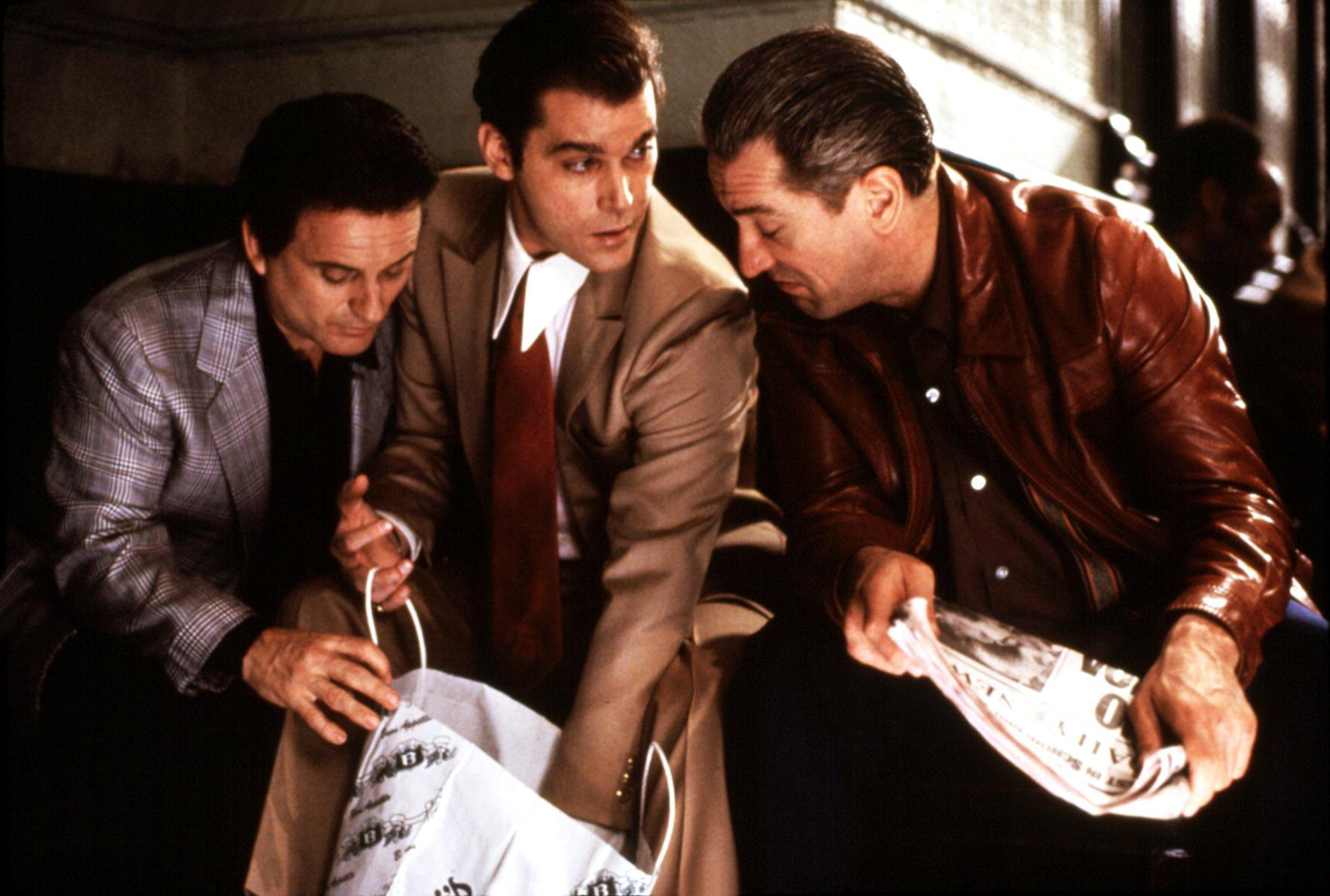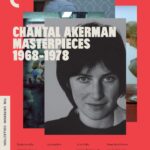A Series of Crimes: True Romance, by Aaron Pinkston
A few posts ago I alluded that Quentin Tarantino would become the major cinematic voice of crime beginning in the early 1990s. He’s become most known for his directorial efforts, but he was the standalone screenwriter of two essential 90s crime films – Natural Born Killers and True Romance. Released a year after his breakout Reservoir Dogs, True Romance truly established Tarantino’s unique and soon-to-be-universal voice. Sure, True Romance was directed by Tony Scott, and it relays many of his cinematic touches, yet it fully feels like Tarantino’s film — especially seeing it now with complete awareness of his style. No offense to the late Mr. Scott, I don’t want to devalue his own authorship of the film, but approaching the elements of crime, I’ll spend a lot more time looking at this film through Tarantino.
Though one of his earliest films, True Romance is quintessential Tarantino, at least in the shaggiest of forms. Knowing more about his persona, it is impossible to view this film now without seeing him in the Christian Slater character, acting this out as a wet dream fantasy. Seeing a not particularly hip, 30ish comic-book-clerk-slash-movie-nerd living out a violent goose chase, almost by accident, is certainly a sort of power trip male fantasy. As soon as Alabama (played wonderfully by Patricia Arquette) comes into Clarence’s life, he suddenly transforms into an ultra-cool, ultra-tough player. We meet Clarence in a pretty low spot, trying to pick up a girl at a divey bar by admitting sexual interest in Elvis and offering to take her to a kung fu triple-feature. After his brief encounter with Alabama (initiated under false pretenses), his spastic nature shifts subtly into a fast-talking maniac who outsmarts, out-hustles and out-brutes a number of dangerous individuals. What was a jerky loser becomes the epitome of cool, without much of a change — really, Tarantino broadcasting his own personality in a cool light.
In this way, True Romance is that mix of authenticity and inauthenticity that makes Tarantino an interesting, but controversial filmmaker. Because the characters speak with such a confident voice, they are easy to like despite their obvious psychopathic traits. I doubt Tarantino has spent any real time with low-level crooks or hardcore gangsters, but his characters feel real because they are so familiar to criminals we’ve all seen in dozens of movies. Taken one step further, the characters actively reference the criminals they are taking cues from, especially our crime novices at the center of the story. We also get the unassuming father played by Dennis Hopper who, out of nowhere, becomes a badass when being interrogated by threatening gangsters and a group of cops who act like the gunslinging all-action ace cops that we only see in movies.
Because of the referential narrative coupled with every character (no matter their status) written in the voice of its author, True Romance has become known as an important film in the postmodern cultural movement. This isn’t the first film in this series, though, that is working on this level — though its narrative is a more modern Bonnie and Clyde, its closest connection is with Godard’s Band of Outsiders, a film in which characters built their personas on the classic American film noir. The references in True Romance are less cohesive, maybe in part with the era where culture was so scattered. In both films, characters modeled the way they talk, walk, dress on their cultural heroes, but the 90s were decidedly different than the 60s and that is seen in the tone and pacing of True Romance. It’s not that the specific references are all that different, though — for example, Clarence’s main influence is Elvis Presley, a figure for which I’m sure Godard had some affinity.
This is, surprisingly, the first film in the series to revolve around drug culture, a particularly important subset of the crime film. Over the past few decades, perhaps since Brian De Palma’s Scarface, drugs have replaced money as the prominent device in which crime stories are built. This is, of course, highly shaped by contemporary real-life crime influences, when the cocaine economy exploded in the 1980s. Crime films previous to Scarface factored in drugs, but they were rarely the focus — The Godfather, for example, covered the start of mafia groups building their power around drugs, but the film’s focal characters were resistant to this change.
Of course, when drugs are involved it is all for money, but the fact that Clarence and Alabama are traveling cross-country with a suitcase full of cocaine instead of hundred dollar bills is an important distinction. If they had simply stolen money, the story is much less complicated, as the next flight out of the Detroit airport could quickly be booked. The economic implications of unloading hundreds of thousands of dollars worth of drugs infinitely adds to their troubles.
Also, when drugs are involved it really brings out the crazies, an added benefit for the genre’s move into more violent and darkly comedic work. The main villains of True Romance (and there are about a dozen of them) are all stone-cold killers and psychopaths, the only real difference seeming to be how coked up they are. A low-level pimp, who would otherwise be little threat, seems as dangerous as high-level mafia hitmen when drugs are introduced. Drexl Spivey (unforgettably played by Gary Oldman) is most threatening because he’s unpredictable, not harnessed by the political order of organized crime. He either doesn’t realize the consequences of killing or doesn’t care because of his perpetual state of drugged haze.
True Romance hits just about every element of the crime world — we get cops, gangsters, patsies, pimps and prostitutes — all with the comic vibrancy we’re used to with Quentin Tarantino. As this crime film series winds down to its last few entries, True Romance is perhaps the film that has drawn from the most disparate tropes of the films before (not surprisingly, given Tarantino’s referential style), providing this film its delightfully madcap tone.




























The Christopher Walken/Dennis Hopper scene is up there as one of the best for me, alongside the dueling banjo’s from Deliverance and the Russian Roulette scene from The Deer Hunter.